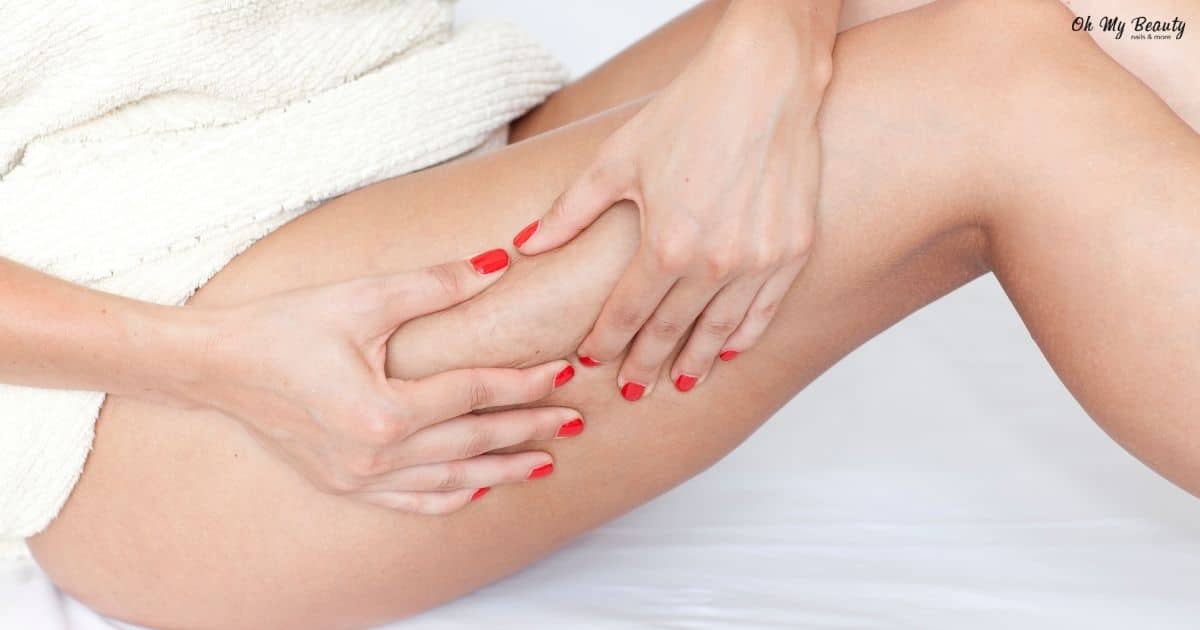Learn all about cellulite and its overall treatment in our detailed yet comprehensive guide.
Contents
What is Cellulitis?
Cellulite is a common problem for many women. It is caused by the fat cells under the skin creating extra pressure on the connective tissue.
This pressure causes the skin to tighten and this makes it look uneven and swollen, getting the so-called orange peel.
Cellulitis causes: Why does it occur?
The most common causes of its appearance are:
- Frequent changes in your body weight.
- The pregnancy.
- Slow metabolism.
- Lack of exercise and a sedentary lifestyle.
- Unhealthy or high-fat diet.
- Smoking and excessive consumption of caffeine, alcohol and soft drinks.
Of course, there are also hereditary, hormonal or pathological factors, which make it more difficult to fight it and are not related to gender or age.
How does Cellulitis go away?
There are several ways to deal with it. The best possible combination of them is recommended in order to get the best and most permanent results. What is certain is that there are no magic solutions and a cream alone cannot deal with the problem at its root.

The best natural ways to get rid of cellulite are:
- Exercise regularly (aerobic exercise and squats are extremely effective)
- Eat balanced and healthy
- Drink plenty of water.
Some additional auxiliary treatment methods can speed up and strengthen the results:
- Lymphatic massage (can also be done at home with massage oils with moisturizing or firming action)
- Lipolysis mesotherapy
- Laser
- Radio frequencies
- Cellulite and firming creams
How fast can I get rid of cellulite?
How quickly you will see results, and to what extent, depends on several factors such as:
- From how intense it is (loose, swollen, solid).
- From your weight (any extra kilos don't help to deal with it immediately, and maybe one slimming cream for reducing points in the buttocks, thighs or abdomen would be more suitable for the beginning or for parallel use).
- From your eating habits.
- From whether and how regularly you exercise.
- From your age etc.
Nutrition for Cellulitis
Proper nutrition should be a habit and not an intensive program of a few weeks. The earlier someone adopts it in their daily life, the more likely it is to reduce or even completely avoid the appearance of cellulite.
In general, one anti-cellulite diet must contain:
- Adequate daily water consumption.
- Fiber.
- Green tea.
- Protein-rich foods such as salmon, egg whites and nuts.
- Eating fruits and vegetables such as apples, bananas, broccoli and asparagus.
On the other hand, they should be avoided:
- Foods rich in fat.
- Alcohol, soft drinks and excessive coffee consumption.
- Processed foods.
Exercises for cellulite
Daily exercise helps the body as a whole and at the same time fights cellulite. The best exercise for preventing and reducing it, as well as for muscle strengthening, is intense aerobic exercise with breaks of light exercise.
Seats (squats) are ideal for reducing glutes and degrees. Aerobic exercise has multiple benefits, since it increases metabolism while simultaneously reducing excess fat.
FAQ
What is cellulitis?
It is the deposition of water and fat between the skin and the subcutaneous tissue that increases in volume and compresses the vessels, resulting in reduced skin elasticity, loss of elasticity and an orange peel appearance.
What are the best products for cellulite?
As you will read in the article, its treatment requires a combination of methods and the use of appropriate products that contain the necessary ingredients to combat it. We have already selected for you best creams for cellulite and firming.
Is there a way to tell if I will get cellulite?
The truth is, no. There are many factors that contribute to its appearance as you will see in this article. The first visible sign to prevent its worsening is to pinch the skin in the buttocks area (the most common spot) to see if the so-called "orange peel" appears.
What should I do if it hurts when I touch the places where I have cellulite?
There is probably inflammation (edematous cellulitis) and you should visit a dermatologist for its correct diagnosis and possible parallel treatment in combination with a change in your eating habits.
Sources: eonia.gr & harpersbazzar.gr

 Manicure
Manicure Semi-permanent manicure
Semi-permanent manicure Artificial nails
Artificial nails Natural nail strengthening
Natural nail strengthening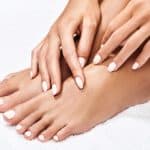 Oh My Beauty Pedicure
Oh My Beauty Pedicure Removal of gel polish pedicure
Removal of gel polish pedicure Permanent pedicure
Permanent pedicure Pedicure
Pedicure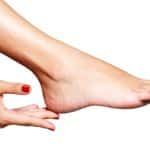 Pedicure express
Pedicure express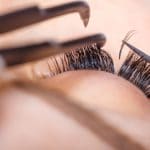 Extension eyelashes
Extension eyelashes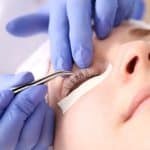 Lash lift
Lash lift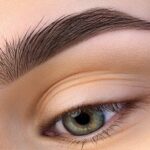 Brow Lamination
Brow Lamination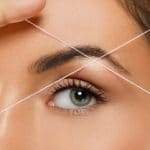 Hair removal and eyebrow shaping
Hair removal and eyebrow shaping Eyelash tinting
Eyelash tinting Eyelash permanent
Eyelash permanent Eyelash extension maintenance
Eyelash extension maintenance Evening makeup
Evening makeup Daily makeup
Daily makeup Wedding make up
Wedding make up Eyebrow Microblading
Eyebrow Microblading Body hair removal
Body hair removal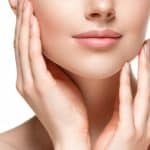 Full face hair removal
Full face hair removal Upper lip hair removal
Upper lip hair removal Chin depilation
Chin depilation Armpit hair removal
Armpit hair removal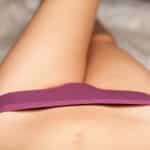 Bikini waxing
Bikini waxing Full bikini hair removal
Full bikini hair removal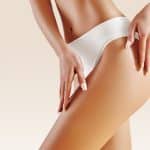 Hair removal legs
Hair removal legs Depilation of calves
Depilation of calves